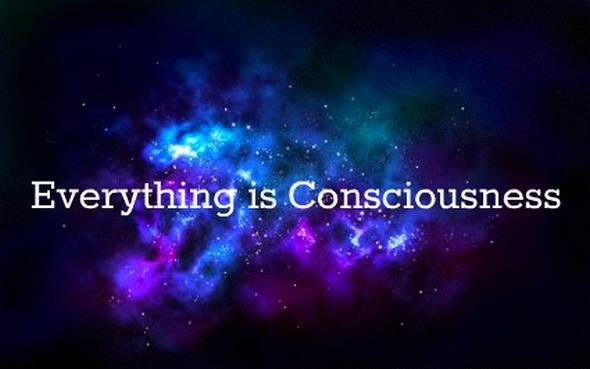We live in the environment using its resources. For instance, we breathe in air (oxygen) and excrete out the byproduct (Co2) to the environment. Then, it recycled through the ecosystem of environment generating again fresh air so that we live in and adapt to this living environment of earth. However, Scientists have found the depletion of protective layer (Ozone) surrounding the earth; without which the sustainability of earth and its life forms is being questioned. The availability of air are still with us but slowly the quality of air we breathe in has been degrading in the major cities and places where huge industrialization has been established. Somehow, environment has still been sustained but we are questioning ourselves how the environmental sustainability can be achieved in better ways and how the change in environment could impact us and how we could measure and maintain the suitable environment to live in. The failure to maintain its sustainability could hamper the peoples’ life socially, economically, politically and geographically.
Definition of environmental sustainability: is the rates of renewable resource harvest, pollution creation, and non-renewable resource depletion that can be continued indefinitely. If they cannot be continued indefinitely then they are not sustainable.
1.[ For renewable resources] The rate of harvest should not exceed the rate of regeneration (sustainable yield);2. [For pollution] The rates of waste generation from projects should not exceed the assimilative capacity of the environment (sustainable waste disposal); and3.[For nonrenewable resources ]The depletion of the nonrenewable resources should require comparable development of renewable substitutes for that resource.
Herman Daly, 1990 A.D
It has two coins terms Environment and the other is sustainability. To look into the indicators which are the measuring tools applied for decision makings are:
- Environmental sustainability index (ESI): This indicator is being developed by World economic forum 2002. It represents first step towards analytic driven approach to environmental decision making. The ESI scores are based upon a set of 20 core indicators each of which combines two to eight variables for a total of 68 underlying variables. It permits cross national comparison of environmental progress in systemically and quantitatively.
- Well being/stress index: Wellbeing index (WI) combines 36 indicators of health, population, wealth, education, communication, freedom, peace, crime, and equity into the Human Wellbeing index, and 51 indicators of land, biodiversity, water quality and supply, air quality and global atmosphere, and energy and resource use pressures into an Ecosystem Wellbeing index. The two indexes are then combined into the Wellbeing/Stress Index(Prescott-Allen, 2001).
Some other indicators are: Ecological footprint (EF), Living planet index (LPI)



